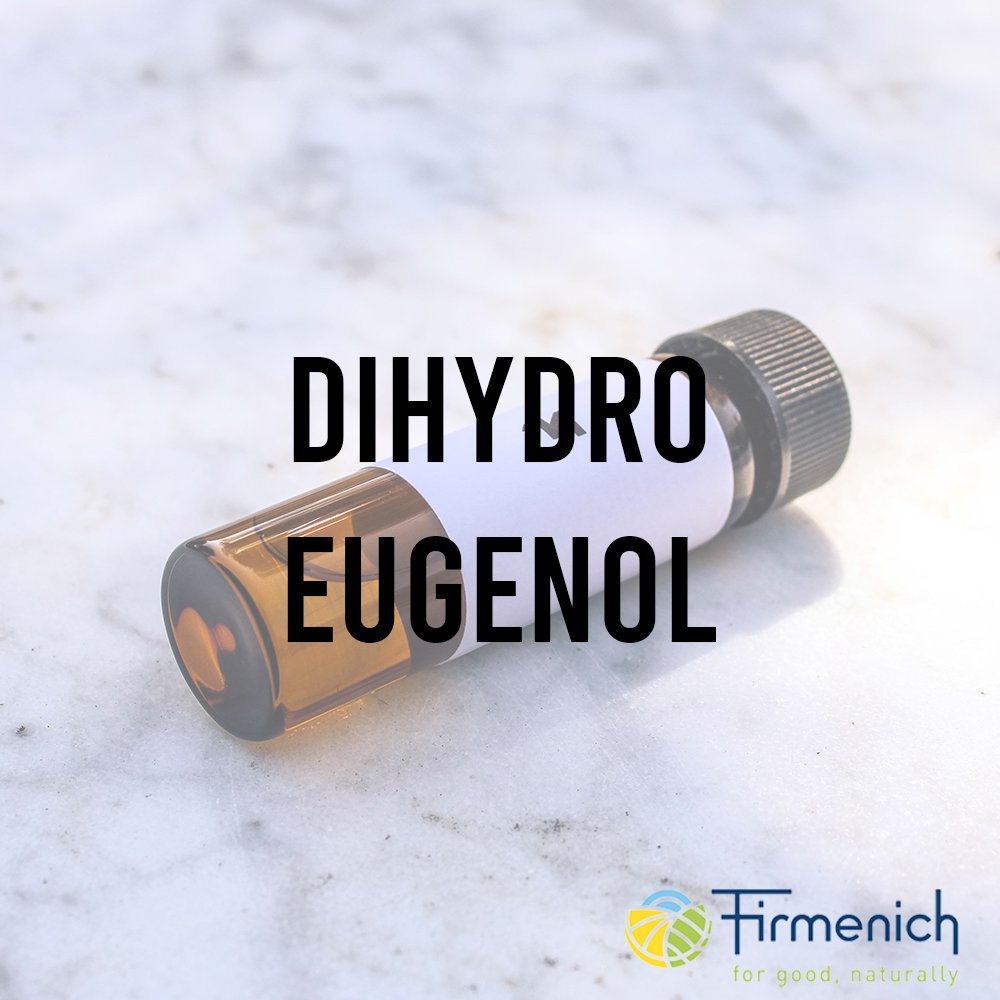 Image 1 of 2
Image 1 of 2

 Image 2 of 2
Image 2 of 2



Cardamon Oil
Premium Natural Ingredient for Perfumery
Cardamom oil (CAS 8000-66-6) is a steam-distilled essential oil obtained from the seeds of Elettaria cardamomum, a plant in the Zingiberaceae family. This natural material is prized in perfumery for its warm, spicy-aromatic character with balsamic, woody and slightly floral undertones. Used as a top-to-heart note, it enhances both floral and oriental compositions, and shows excellent blending behavior with materials like olibanum, bergamot, ylang-ylang and cedarwood derivatives. Its tenacious, penetrating profile makes it a key component in spicy accords and classic powdery bases.
Premium Natural Ingredient for Perfumery
Cardamom oil (CAS 8000-66-6) is a steam-distilled essential oil obtained from the seeds of Elettaria cardamomum, a plant in the Zingiberaceae family. This natural material is prized in perfumery for its warm, spicy-aromatic character with balsamic, woody and slightly floral undertones. Used as a top-to-heart note, it enhances both floral and oriental compositions, and shows excellent blending behavior with materials like olibanum, bergamot, ylang-ylang and cedarwood derivatives. Its tenacious, penetrating profile makes it a key component in spicy accords and classic powdery bases.
Premium Natural Ingredient for Perfumery
Cardamom oil (CAS 8000-66-6) is a steam-distilled essential oil obtained from the seeds of Elettaria cardamomum, a plant in the Zingiberaceae family. This natural material is prized in perfumery for its warm, spicy-aromatic character with balsamic, woody and slightly floral undertones. Used as a top-to-heart note, it enhances both floral and oriental compositions, and shows excellent blending behavior with materials like olibanum, bergamot, ylang-ylang and cedarwood derivatives. Its tenacious, penetrating profile makes it a key component in spicy accords and classic powdery bases.
Natural Ingredient Overvirew
🏭 Manufacturer (if available): Multi-source (India, Sri Lanka, Guatemala)
🔎 Chemical name: Essential oil of Elettaria cardamomum
🧪 Synonyms: Cardamom essential oil, Elettaria cardamomum seed oil
🧬 Chemical Formula: Complex natural mixture; major components: 1,8-cineole, terpinyl acetate
📂 CAS N°: 8000-66-6
📘 FEMA: 2241
⚖️ MW: Not applicable (natural mixture)
📝 Odor type: Spicy
📈 Odor Strength: Medium
👃🏼 Odor Profile: Warm-spicy, aromatic, initially camphoraceous and eucalyptus-like; dries down to sweet balsamic, woody and floral
⚗️ Uses: Floral blends (muguet, rose), oriental accords, chypre bases, face powders, citrus-spice colognes, fine fragrances
🧴 Appearance: Colorless to pale yellow or light brown liquid; darkens with light exposure
What is Cardamom Oil?
Cardamom oil is a natural essential oil obtained via steam distillation of the dried seeds of Elettaria cardamomum, commonly known as green cardamom. Belonging to the ginger family (Zingiberaceae), it is one of the oldest known aromatic extracts, with historical roots in Ayurvedic and Middle Eastern aromatic practices. Its chemical composition includes 1,8-cineole, terpinyl acetate, α-terpineol, borneol, and limonene, which contribute to its unique olfactory complexity. Oil quality varies significantly with geographic origin and distillation technique, with Guatemalan and Indian oils most valued for perfumery.
Olfactory Profile and Perfumery Applications
In perfumery, cardamom oil functions as a top-to-heart note with a highly diffusive, warm-spicy character. It opens sharply with a camphoraceous tone reminiscent of eucalyptus, softening into a woody-balsamic and sweet-floral drydown. Its tenacity and warm complexity make it ideal for floral compositions (especially muguet and rose), as well as oriental and chypre bases. It blends particularly well with olibanum, bergamot, ylang-ylang, nerol, methyl ionone, cedarwood derivatives, heliotropin, and labdanum. Coriander oil is a well-known modifier that enhances its warmth and rounds out the spiced profile.
Industrial and Technical Uses
Cardamom oil also finds significant use in the flavor industry, especially in Scandinavian bakery applications and Indian cuisine. Its warm, slightly minty profile is used in spice blends, pickling, meat seasonings, and condiments. Typical usage in flavor ranges from 0.20% to 0.50%. It is also utilized in pharmaceutical preparations and oral hygiene products. Recent innovations include supercritical CO₂ extracts (SFE) and oleoresins, which offer higher fidelity to the natural spice and allow for controlled applications in both perfumery and flavoring systems.
Regulatory and Safety Overview
IFRA Restrictions: No restrictions in current IFRA Standards (as of 51st Amendment)
EU Allergens: May contain naturally occurring allergens such as linalool, limonene, and eugenol (Annex III – EU 1223/2009)
FEMA GRAS Number: 2241 — Recognized as safe for use in flavoring applications
ECHA Classification: Not classified as hazardous under CLP for fragrance use
REACH Registration: Registered for fragrance and flavor use in the EU
Toxicology Notes: Generally recognized as safe at standard perfumery levels. As with most essential oils, skin sensitization may occur in high concentrations or with prolonged exposure.
✅ Use according to good manufacturing practices. Allergen declaration required if thresholds are exceeded.
Ingredient Connections and Synergies
Cardamom oil shows olfactory and functional synergy with coriander oil, 1,8-cineole, and terpinyl acetate, sharing aromatic and warm-spicy characteristics. It also complements floral ingredients like nerol and ylang-ylang, as well as resinous bases such as olibanum (frankincense) and labdanum resinoid. These combinations are especially effective in building spicy-floral or oriental accords. For comparison, see also [Coriander Oil], [Cineole], and [Labdanum Resinoid] entries in the Scentspiracy archive.





